Do you have any topics that you teach and you teach, but you never feel like your students really “get it”? Or, do you have any standards that you never feel like you have time to teach? I’ll be the first person to acknowledge that I do. It’s just one of those things that comes along with the territory.
Whenever possible, I like to tackle these tricky areas through my daily instructional routines. Before I get started sharing these routines, I would like to add a word of caution. Don’t overdo it. At one point I added so many “of the days” that I lost too much instructional time. It’s important to pick and choose carefully and to base your decision on your students’ needs.
Of course, you may not yet know your students will planning for the upcoming year, but more than likely you’ve observed trends in needs and concerns over time. That’s where you want to focus your daily instructional routines.
Geometry Word of the Week
You can use this resource which is designed to teach geometry vocabulary slowly, throughout the year. This will allow your geometry unit to focus on problem solving and application, rather than isolated memorization.
I like to introduce one word a week, so that by the time we reach our geometry unit, students already have a fairly solid understanding of geometry vocabulary. Students work out of their Geometry Booklet. This is one resource that I did not want my students to complete digitally, so I plan to send home a hard copy with my virtual learning students.
Each day students complete a very brief, but engaging, task.
- Monday-write the definition.
- Tuesday-draw a picture
- Wednesday-timed drawing-Give students two or three minutes to finish the drawing in that section. Students MUST incorporate the included graphic in their picture.
- Thursday-Always/Sometimes/Never-Students should write a sometimes statement, always statement, and never statement using the vocabulary word. For example, a square always has 4 equal sides, or a square never has right angles.
- Friday-This day varies between a true or false question, would you rather question, or a which one doesn’t belong question.
Factors and Multiples Banner
I got this idea from another teacher that I met through my Facebook group. Once I heard about it, I knew I had to adapt it to my classroom. You can see the resource here.
Each day of the school year, introduce a new number. As a class, count by the multiples of that number through 100. Then, find all the factors for that number. After you finish a number, add it to a class banner and display in the classroom for student reference.
I print the prime numbers on teal paper, so they all look the same and really stand out. I print the composite numbers on white paper have students take turns decorating the composite numbers for the banner. This gives students a little more ownership of the banner.
Number Sense
It’s hard to think of any math need greater than number sense. A daily math warm-up is my absolute FAVORITE WAY to help students expand their number sense.
In this activity, students gather together as a whole group (virtually or in-class) and complete one type of number sense development activity a day. This can be very brief and should not require printing or prepping any resource.
The power in these lessons come from the class conversations, so this is not something that can be completed independently, as students will need teacher guidance in the conversations.
Some of the lessons incorporate Peardeck, but only the free version! Other lessons only incorporate Google Slides. You can find the slides here.
Prefixes and Suffixes
Prefixes and suffixes are such an important part of vocabulary instruction, but it’s a lot to learn. It’s overwhelming and unrealistic for students to grasp a huge number of prefixes and suffixes in a short period of time, and I don’t think a week or two of each unit is enough for students to get a firm grasp on using them correctly. For the past several years, I’ve introduced one prefix or suffix a week to my students, and for just a minute or two each day, we discuss the affix and practice using it in a sentence. I also occasionally give a very brief quiz over our prefix or suffix of the week. You can display the Prefix and Suffix of the Week in many different ways. You can see this file here.
Homophones
Seeing homophones used incorrectly can be almost painful to teachers! Just like prefixes and suffixes, it’s not realistic to expect students to learn the correct usage of multiple homophones in one instructional unit. This is best taught over time.
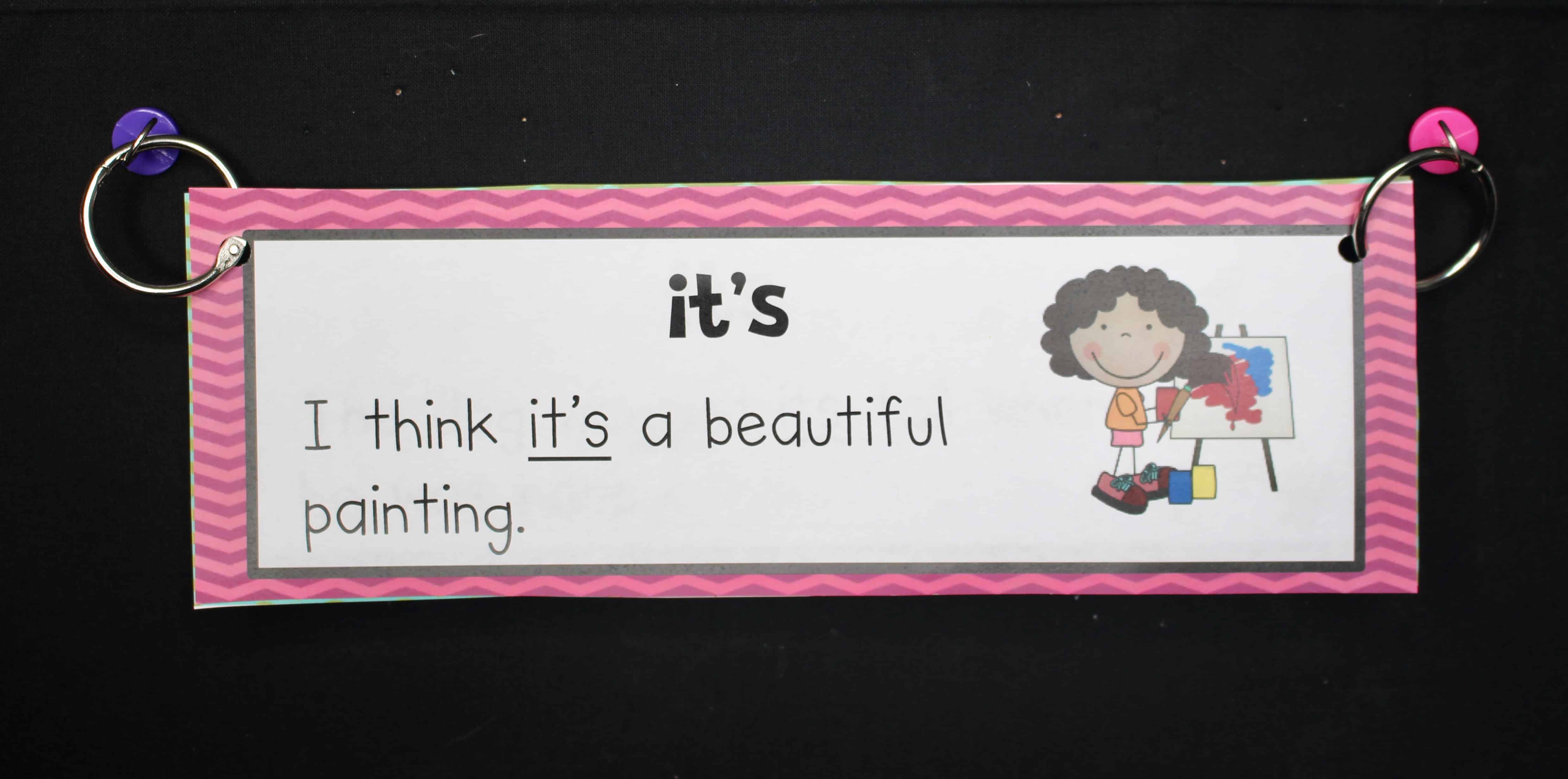
Students can create a mini homophone booklet that can be used as a journal or quiz in the file. I like having them for my students to reference as needed.
I hope you found this collection of daily instructional routines useful!

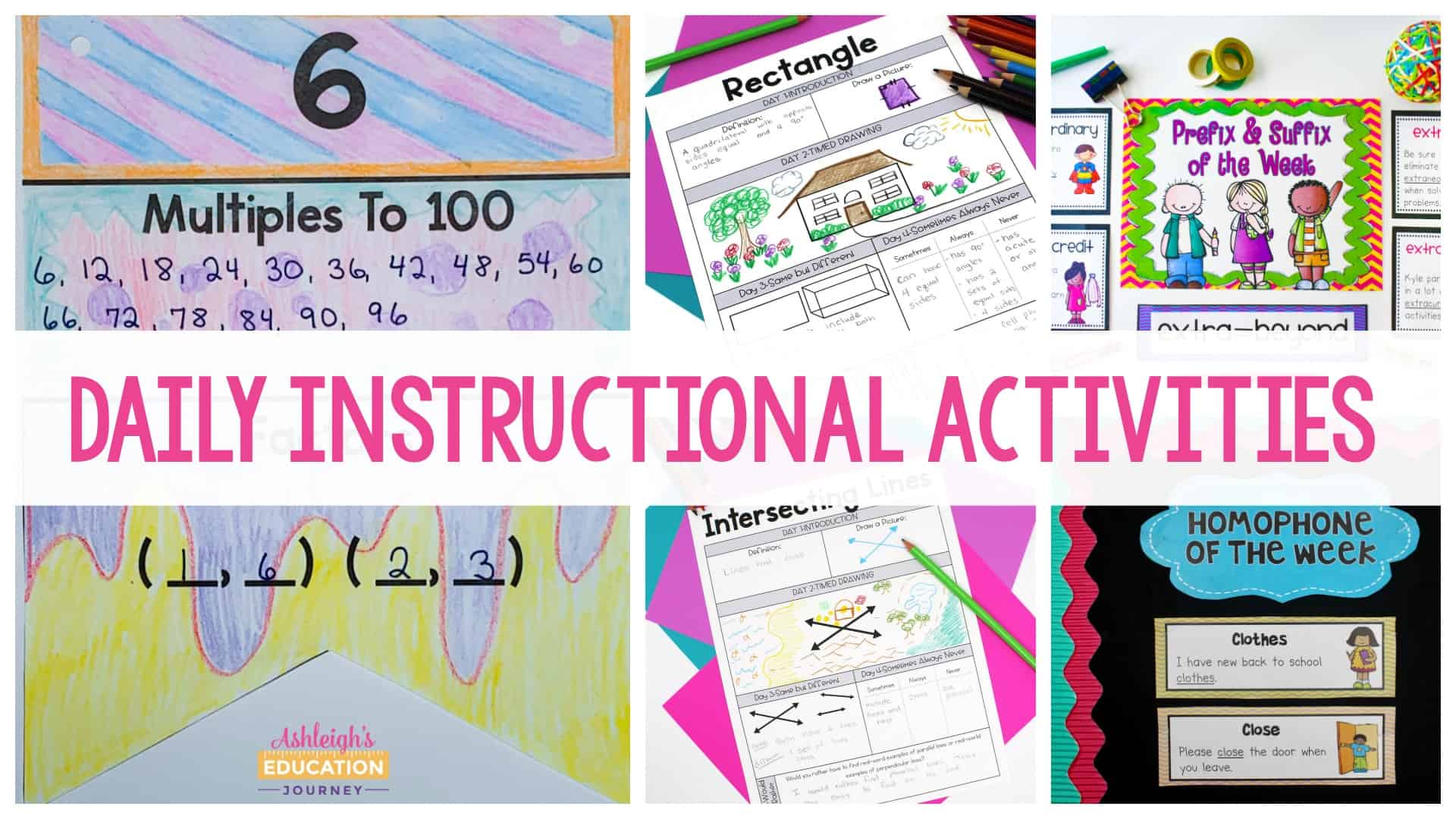
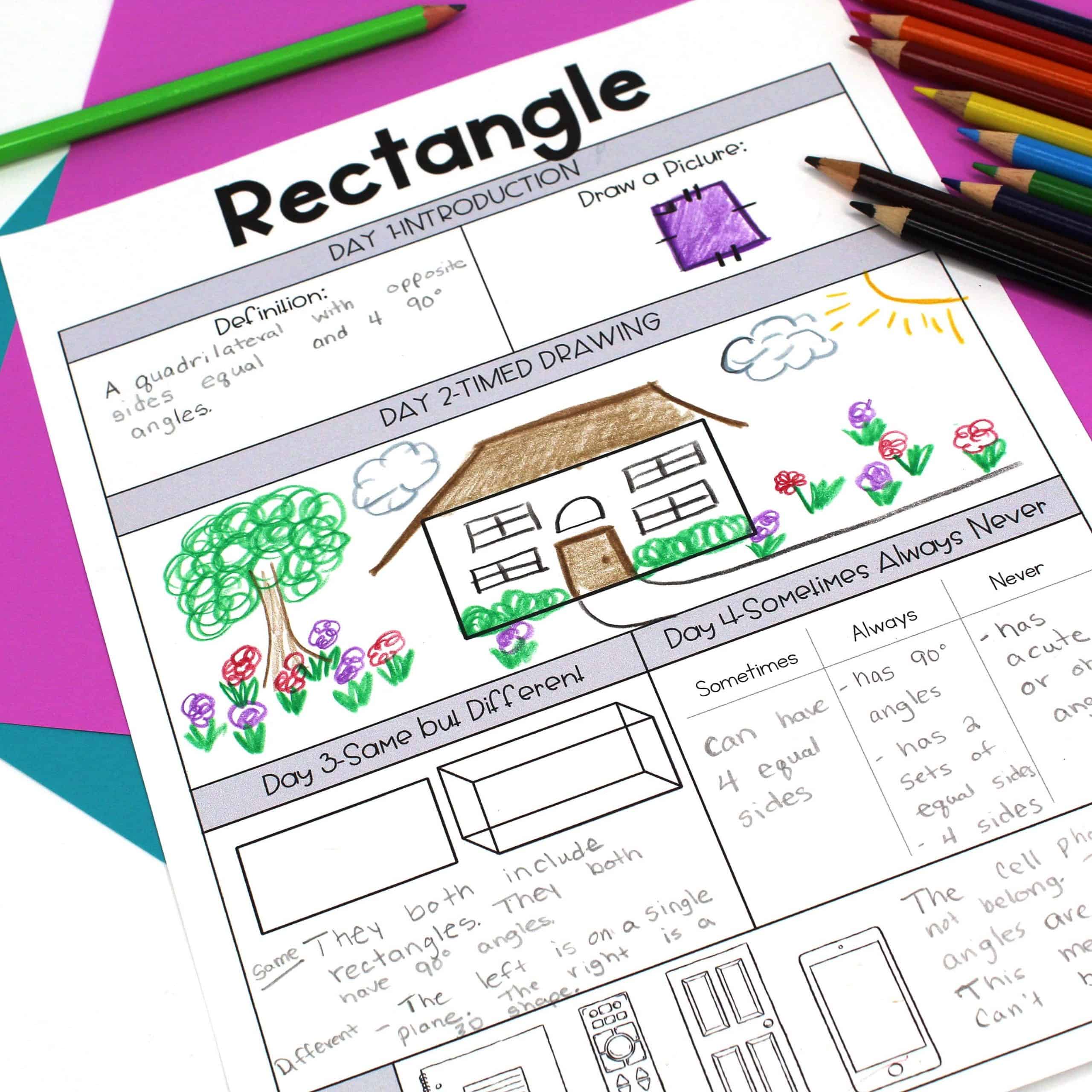
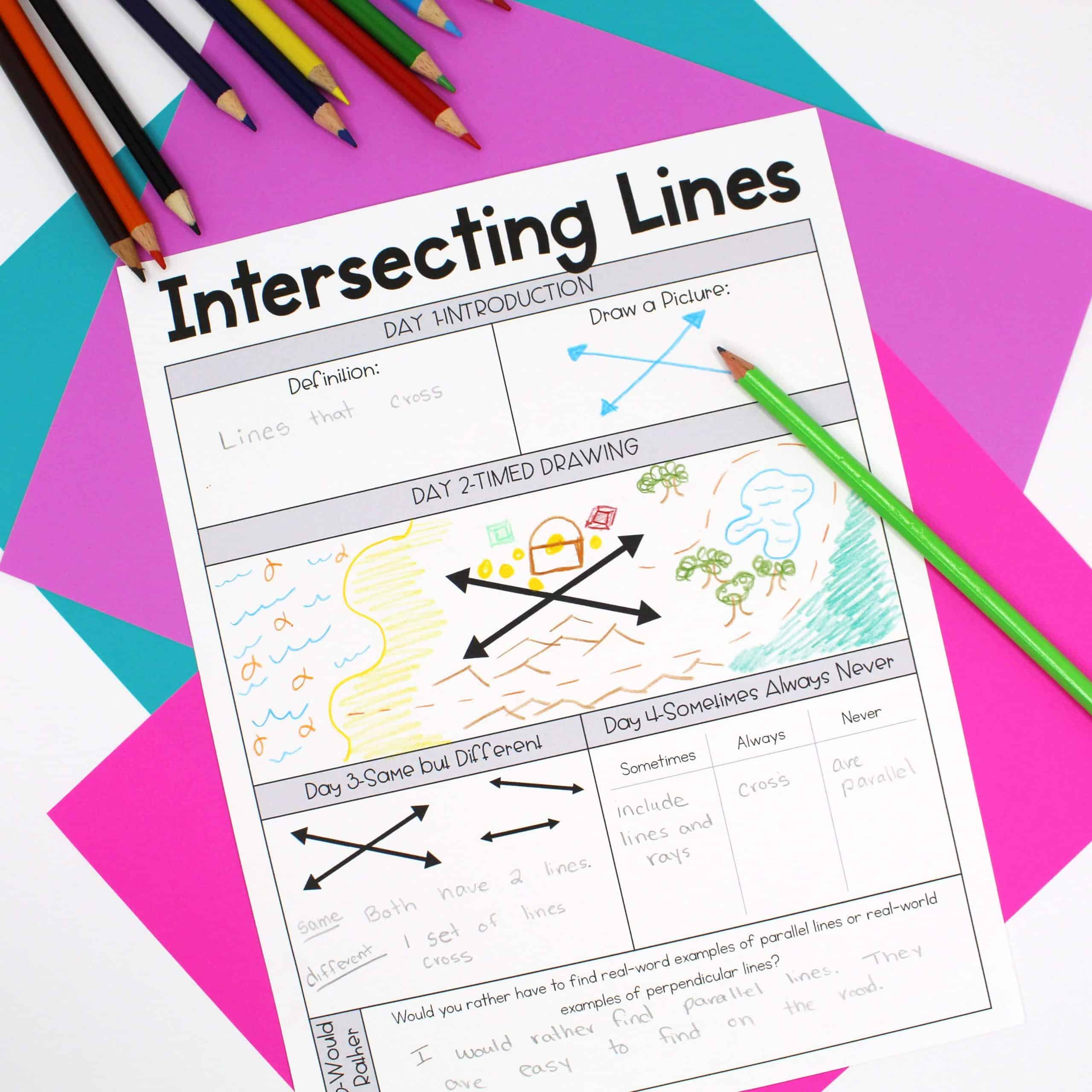



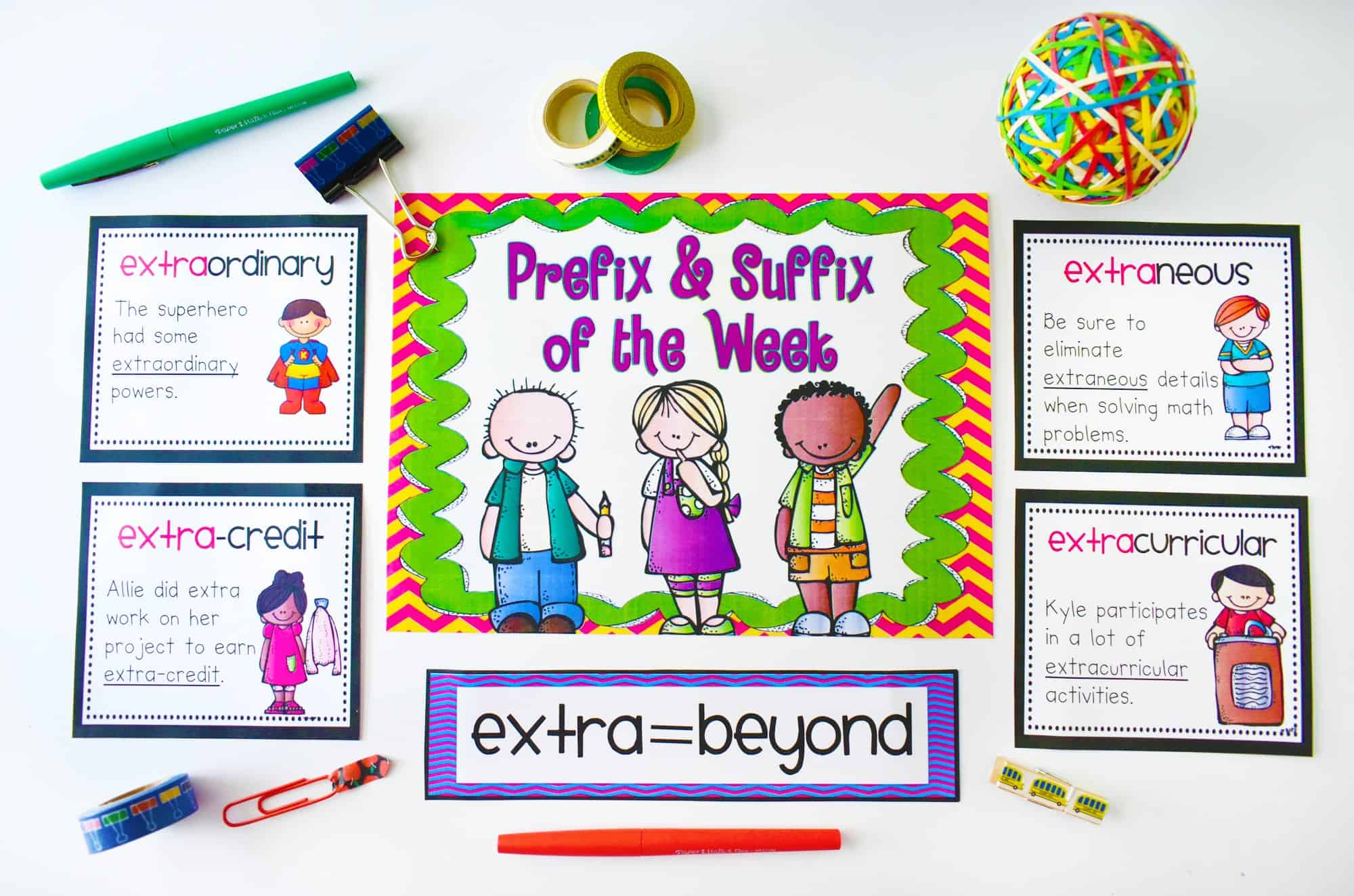
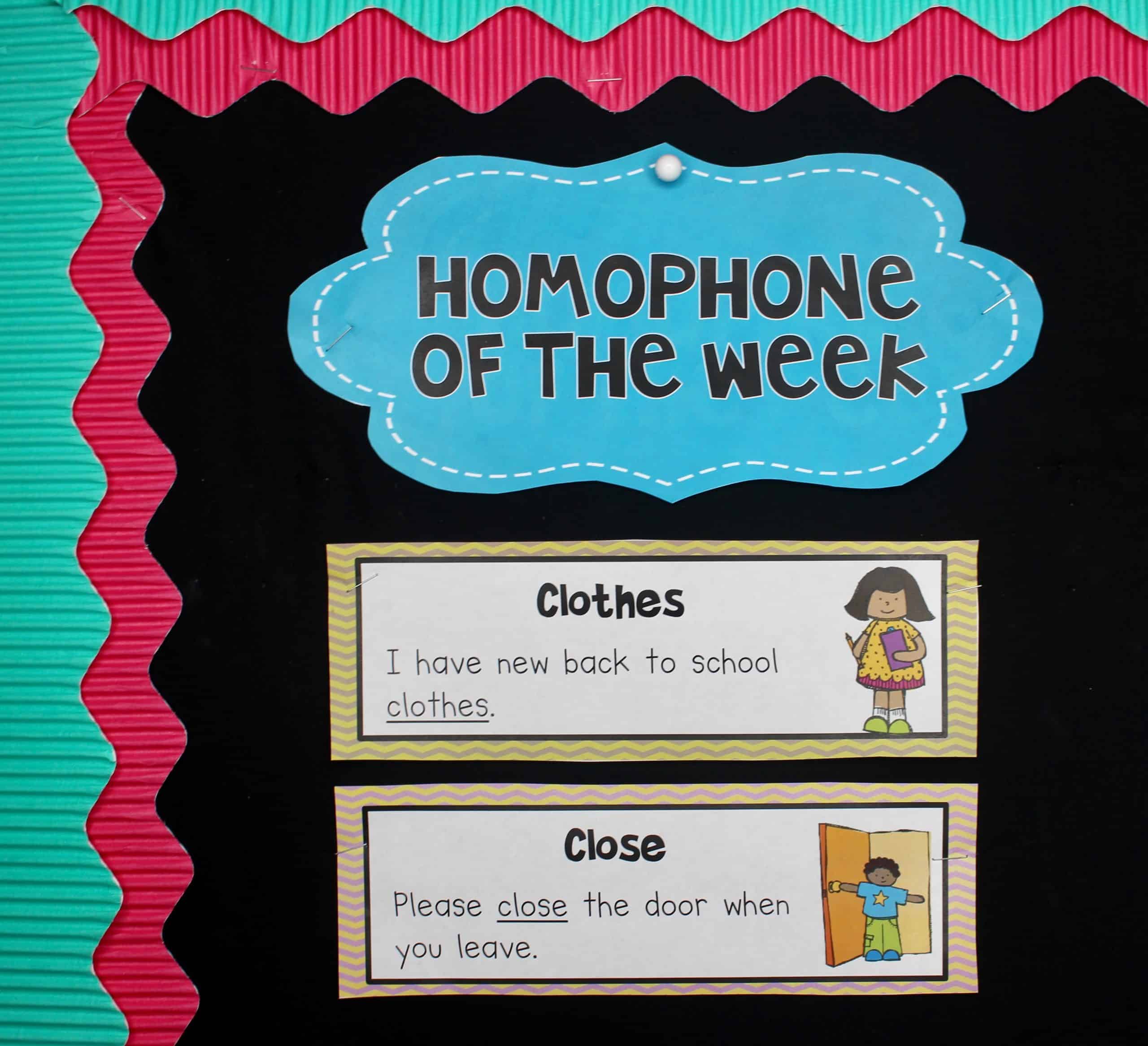
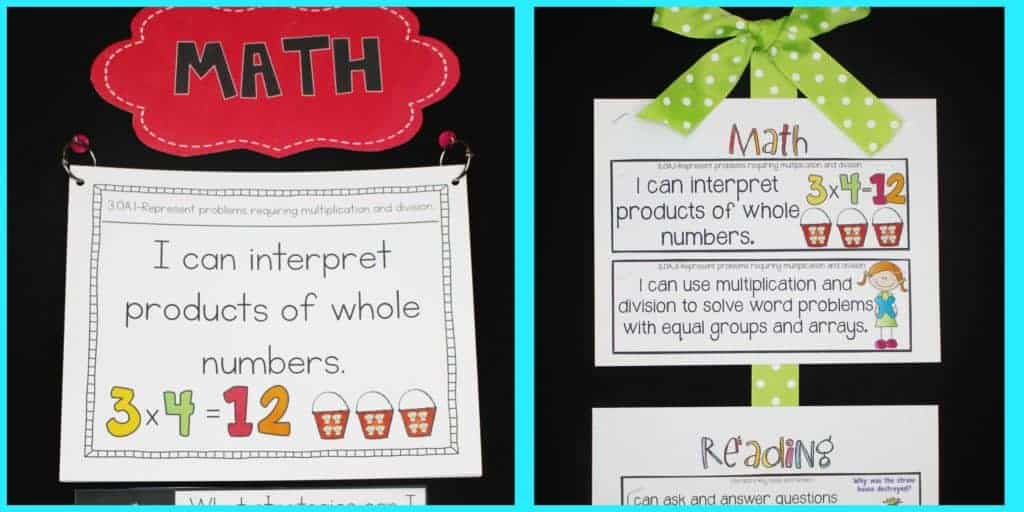
I love the factor and multiples banners. Do you sell that on TPT or does the FB person you referred to? I’d love to incorporate inThe class right from the beginning of the year.
Good luck this year! We’re starting from home virtually. I’m so ready to be face to face with my students!
Take care.
Yes, they sure are. Here’s a link.
https://www.teacherspayteachers.com/Product/Factors-and-Multiples-Number-of-the-Day-Classroom-Display-5718078
Your ideas are so very helpful. When someone has figured out some very productive procedures that really help students to learn and thrive it is a blessing to share them. I thank you so for assisting so many teachers!